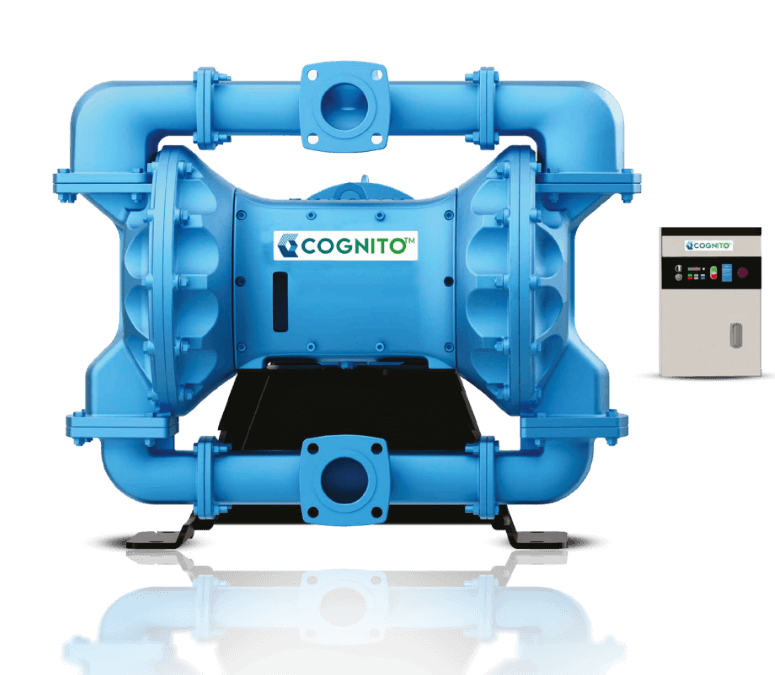The Evolution of LPG Pump Technology
 |
| The Evolution of LPG Pump Technology |
Liquefied Petroleum Gas (LPG) is a versatile and clean-burning fuel gas. It is composed primarily of:
·
Propane (C₃H₈)
·
Butane (C₄H₁₀)
In its natural state, It's:
·
Colourless
·
Odourless
Hence, an odorant is added to aid in leak
detection. LPG is heavier than air and can settle in low-lying areas if leaked.
LPG is produced during petroleum refining. In
other words, it is extracted from natural gas. It undergoes processing to
remove impurities. This purification process helps LPG meet commercial
specifications.
LPG has a wide range of applications, both
domestically and industrially.
In domestic settings, it's used for:
·
Cooking
·
Heating
·
Powering appliances such as
geysers
Industrially, it's used for process heating,
kilns, and furnaces.
In agriculture, it's used for:
·
Crop drying
·
Greenhouse heating
·
Powering equipment
LPG also finds usage as a transportation
fuel, known as auto gas. Various other applications, like refrigeration and
water desalination, also use LPG.
It is a clean-burning fuel with low emissions.
That quality makes it environmentally friendly. On the flip side, it's highly
flammable and requires proper handling and storage. LPG contributes to about 3%
of global energy consumption. The same is safely transported via mediums, such
as:
·
Pipelines
·
Tankers
·
Trucks
·
Rail
LPG Pump Technology
LPG pumps are essential for their safe and
efficient handling in various applications. These pumps are designed to handle
liquefied hydrocarbons like propane and butane, which are stored under pressure
as liquids.
There are several types of LPG pumps,
including:
·
Centrifugal pumps
·
Positive displacement pumps
·
Vertical pumps
Centrifugal pumps are used for high flow
rates and low-viscosity liquids. Positive
displacement pumps are ideal for high accuracy and reliability.
Vertical pumps are used in applications requiring higher heads. These are often
equipped with mechanical shaft seals to handle low temperatures.
LPG pumps offer several key benefits,
including:
·
High efficiency
·
Durability
·
Low maintenance
·
Safety
They are made from materials like
chrome-nickel steels and aluminium alloys. These materials make them resistant
to the harsh conditions of LPG handling. The LPG pumps can handle a wide range
of liquids, from low to high viscosity.
LPG pumps find applications in various
settings, including:
·
Storage and transportation
·
Filling stations
·
Industrial processes
·
Residential and commercial
use
They are used to:
·
Transfer LPG from storage
tanks to transportation vehicles
·
Fuel LPG-powered vehicles
·
Handle LPG in refineries and
chemical plants
LPG pump technology plays a crucial role in ensuring
their safe and efficient use across industries. Their high efficiency,
durability, and safety features make them a reliable and cost-effective
solution.
The Evolution of LPG Pump Technology
LPG pump technology has evolved significantly
over the years. The change is driven by the need for:
Improved efficiency
Safety
Sustainability
Initially, LPG pumps were simple mechanical
devices made from basic materials like cast iron and steel. These early pumps
were often bulky and inefficient.
As technology advanced, the development of
more durable materials like stainless steel and aluminium alloys occurred.
These led to increased pump lifespan and reliability. Engineers also developed
more efficient pump designs, such as centrifugal and positive displacement
pumps, to handle the unique properties of LPG.
In recent decades, safety has become a central
concern. These pumps have seen the integration of safety features like:
·
Automatic shut-off valves
·
Leak detection systems
·
Pressure regulators
These have significantly enhanced the safety
of LPG operations. The incorporation of electronic controls and monitoring
systems has improved precision and efficiency.
Modern LPG pumps are designed to:
·
Maximise energy efficiency
·
Using high-efficiency
burners and heat exchangers
Smart monitoring systems provide real-time
tracking and early detection of potential hazards. The industry is further exploring
sustainable solutions, such as bio-LPG. This can prove to be a renewable
alternative derived from organic sources.
The future of LPG pump technology holds even
more promise. Advancements in materials science and automation are expected to
further enhance pump performance and safety. A continued focus on environmental
sustainability will drive the development of cleaner and more efficient LPG
solutions.
LPG Pump Technology by IDEX
The IDEX Corken LPG pump is a reliable and
efficient solution for handling the gas. These pumps are designed to safely and
efficiently transfer LPG from storage tanks to various destinations, including:
·
Bulk transfer
·
Cylinder filling
·
Vapour recovery
Corken pumps are known for:
·
High efficiency
·
Durability
·
Low maintenance
·
Safety features
They are built with robust materials and
equipped with safety mechanisms like explosion-proof motors and mechanical
seals. Corken offers a variety of pump types, such as the Coro-Flo and
Coro-Vane series, each designed for specific applications.
Corken LPG pumps are used in various
industries, including:
·
LPG bulk transfer
·
Cylinder filling
·
Vapour recovery
·
Emergency rescue vehicles
They offer cost-effective solutions with low
maintenance requirements. These contribute to environmental sustainability
through vapour recovery and recycling. By meeting international safety and
performance standards, Corken LPG pumps ensure reliable and efficient
operation in diverse applications.
Conclusion
LPG pump technology has come a long way. They have evolved from simple mechanical devices to sophisticated, high-performance equipment. The focus on safety, efficiency, and environmental sustainability has driven innovation in this field. With advancements in materials science, automation, and energy efficiency, the future of LPG pump technology holds immense potential. By leveraging these advancements, industries can further optimise their LPG handling processes, reduce environmental impact, and ensure the safe and reliable delivery of this valuable energy source.



Comments
Post a Comment